Spanda In Backbends
SIDE PLANK
SPANDA IN BACKBENDS
Spanda in backbends is the key to creating both stability and freedom in spinal extension. Backbends are not just about bending; they require a balance between expansion and controlled engagement to prevent excessive compression in the lower back. When we lengthen the space between the pubic bone and sternum, we create more even spinal extension, allowing the movement to be distributed rather than concentrated in one area. In today’s video, Matt demonstrates ways to create spinal extension to resist common patterns of spinal compression. He explores this through side plank variations, showing how precise alignment and muscular engagement can help maintain openness without strain. By working with Spanda—the pulsation between effort and ease—we learn to cultivate backbends that feel strong, spacious, and sustainable, rather than relying on passive flexibility alone.
SPANDA
REGISTRATION NOW OPEN
- 10 Chromatic Yoga practices with founder Matt Giordano
- Full length 75 minute classes
- Spanda: The Divine Pulse Between Expansion and Contraction
- Strong and Long Held Postures with Pristine Technique
- Vinyasa Flows Between Holds to Raise the Heart Rate
- Expect a Cardiovascular Workout
- The Dance Between Strength and Flexibility, Alignment and Movement
- 12 Continuing Education hours with Yoga Alliance
- 12 Accredited Hours with the Chromatic School of Yoga
- Step-by-Step instruction for increased accessibility
- Sweat, Breath, Strengthen, Stretch and Feel Amazing!
SPANDA MORE DEEPLY EXPLAINED
Spanda is the Sanskrit term for the natural pulsation of energy—the constant rhythm of expansion and contraction that exists in all aspects of life. It is the balance between expansion and contraction, effort and release, strength and softness. Rather than a static state, Spanda is a dynamic rhythm that allows us to move with greater awareness and responsiveness. In backbends, this concept becomes especially relevant—we expand through the front body while maintaining the necessary contraction to create support and stability. Backbends have the capacity to become either too rigid or too passive, leading to compression rather than true openness. By embracing and applying this “pulsation” of Spanda, we cultivate both strength and fluidity in our practice, allowing our movements to feel more integrated and sustainable. Understanding Spanda reminds us that every posture, breath, and transition is a dance between opposing yet complementary forces.
WATCH THE VIDEO
SPANDA IN BACKBENDS: LEARNING THE SKILL SETS FOR EXPANSION
CONTRACT TO EXPAND IN BACKBENDS
In today’s video, Matt demonstrates how Side Plank transforms into a backbend, revealing the balance between contraction and expansion. This movement requires a strong engagement of the underside body—the glutes, back muscles, and obliques—all working together to lift the hips. By drawing the shoulder blades toward one another and activating the back body, we create the stability needed to open into the shape. Expansion isn’t just about flexibility; it’s built through each intentional action in the setup. Matt offers a clear system:
- Begin in Side Plank with lifted hips
- Turn the pelvis and chest away from the ground
- Press the center of the “bow” (spine) forward and up.
Exploring both sides of the posture in today’s video allows us to examine where contraction fuels expansion, reinforcing the principle of Spanda. For extra support, the top leg can act as a kickstand, providing stability as we refine the movement.
200 HOUR ONLINE TEACHER TRAINING
GET CERTIFIED & DEEPEN YOUR YOGA PRACTICE
- Deepen your yoga practice
- Build confidence speaking in front of groups in person and online
- Learn foundational class structures and templates
- Learn techniques for a wide range of yoga postures
- Get certified and highly qualified to teach yoga
- Yoga Alliance Globally Recognized Certification Program
FURTHER EXPANSION
Increasing the complexity of Side Plank introduces the idea of further expansion. At first, these variations might feel more restrictive rather than freeing, as they challenge our strength, coordination, and balance. When new movements feel difficult—or even frustrating—we may think we’re contracting rather than expanding. However, true expansion comes from learning where to engage, where to stabilize, and how to refine movement to access deeper expressions of a posture. In today’s video, Matt explains that as we expand, the top leg becomes lighter, allowing for more possibilities. From here, we can explore a Tree Pose variation, bending the top knee and placing the foot against the inner leg, or we can take it further by lifting the knee toward the side body with the top hand. These progressions remind us that growth happens through challenge, as contraction paves the way for greater expansion.
300 HOUR ONLINE TEACHER TRAINING
GET 500 HOUR CERTIFIED AS A MASTER TEACHER
Master your skill set as a teacher through refined techniques, anatomy, biomechanics, sequencing, philosophy, meditation techniques, theming, yoga business, and much more!
- Get 500 hour certified
- Learn anatomy, biomechanics, asana techniques
- Expand your teaching skills
- Masterful sequencing and verbal delivery
- Learn meditation and breathwork techniques
- Transformative tools: theming, dharma talks, satsang
THE HIGHEST HEIGHT
Reaching the highest height in backbends isn’t about pushing deeper—it’s about finding the balance between strength and openness, contraction and expansion. Spanda in backbends reminds us that every movement requires both effort and surrender, stability and freedom. Matt’s teachings emphasize that true spinal extension isn’t about collapsing into flexibility but actively creating space through muscular engagement. We learn to contract the right muscles to support safe, sustainable expansion. This principle extends beyond the mat—just as we find lift through grounding in yoga, we grow in life by embracing both challenge and ease. Expansion isn’t passive; it’s built through intention, awareness, and steady effort. By understanding Spanda, we cultivate resilience.
Go deeper into these teachings in Matt’s current online Spanda Immersion.
The 200 Hr. Teacher Training: Click Here to See the Next Start Date
The 300 Hr. Advanced Teacher Training: Click Here to See the Next Start Date
Article by Trish Curling
Video Extracted From: Spanda Immersion
ONLINE ANATOMY COURSE
- Accessible, exciting, and easy to learn
- Anatomy and biomechanics for yoga
- Appropriate for both teachers and students
- Learn joint alignment vs pose alignment
- Demystify yoga poses and transitions
- Release aches and pains
- Learn how to avoid common injuries
- Caters to all levels with modifications and props
- 20 hours Continued Education Credits with Yoga Alliance
- 20 hours toward Chromatic Yoga Certification and 300 Hour
- Lifetime access
Continue Learning
Redefine Chaturanga
Redefine ChaturangaALIGNMENTREDEFINE CHATURANGA To redefine Chaturanga, we first have to be willing to challenge what we think we already know. Many of us were taught a narrow-hand, elbows-tight variation of the pose—elbows hugging the ribs, hands close beneath the...
Tight Hips
Tight HipsHIP MOBILITYTIGHT HIPS When working to release tight hips, most people instinctively go straight for deep stretches. But one often overlooked area that holds a surprising amount of tension is the adductorS (the inner thigh muscles) that connect to the...
Retraction Of The Scapula
Retraction Of The ScapulaSHOULDER ACTIONSRETRACTION OF THE SCAPULA It may appear that scapular retraction holds less weight in finding deeper backbends, but this action can be quite significant in what we experience when it comes to strength, stability, and...
Conquering Compass Pose
Conquering Compass PoseSURYA YANTRASANACONQUERING COMPASS POSE Conquering Compass Pose isn’t about forcing your leg behind your shoulder—it’s about understanding and participating in the muscular coordination that makes the posture possible. The real power comes from...
Leg Over Head Pose
Leg Over Head PoseEKA PADA SIRSASANALEG OVER HEAD POSE Leg Over Head Pose is one of those postures that challenges not only our bodies but also our mindset. When faced with a seemingly impossible pose, we tend to respond in one of three ways: dismissing it as...
Bound Half Moon
Bound Half MoonBADDHA ARDHA CHANDRASANABOUND HALF MOON The elements involved in Bound Half Moon are many. There’s a lot at work and more than meets the eye. Our ears, eyes, muscles, and proprioception help us to balance. When it comes to which element carries more...
THE FREE TECHNIQUE PACK
When You Subscribe, You Will Get Instant Access to
- the Technique Pack: 15 yoga pose breakdowns
- exclusive online course discounts
- exclusive blogs and videos
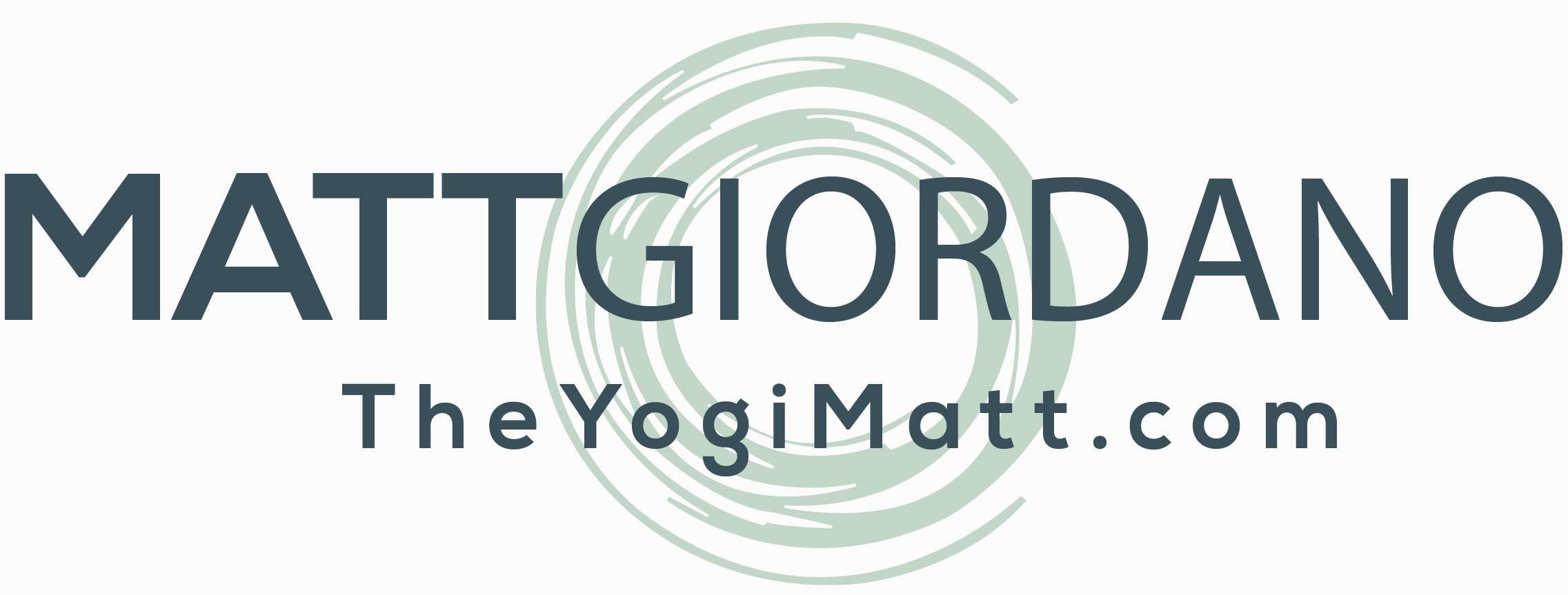
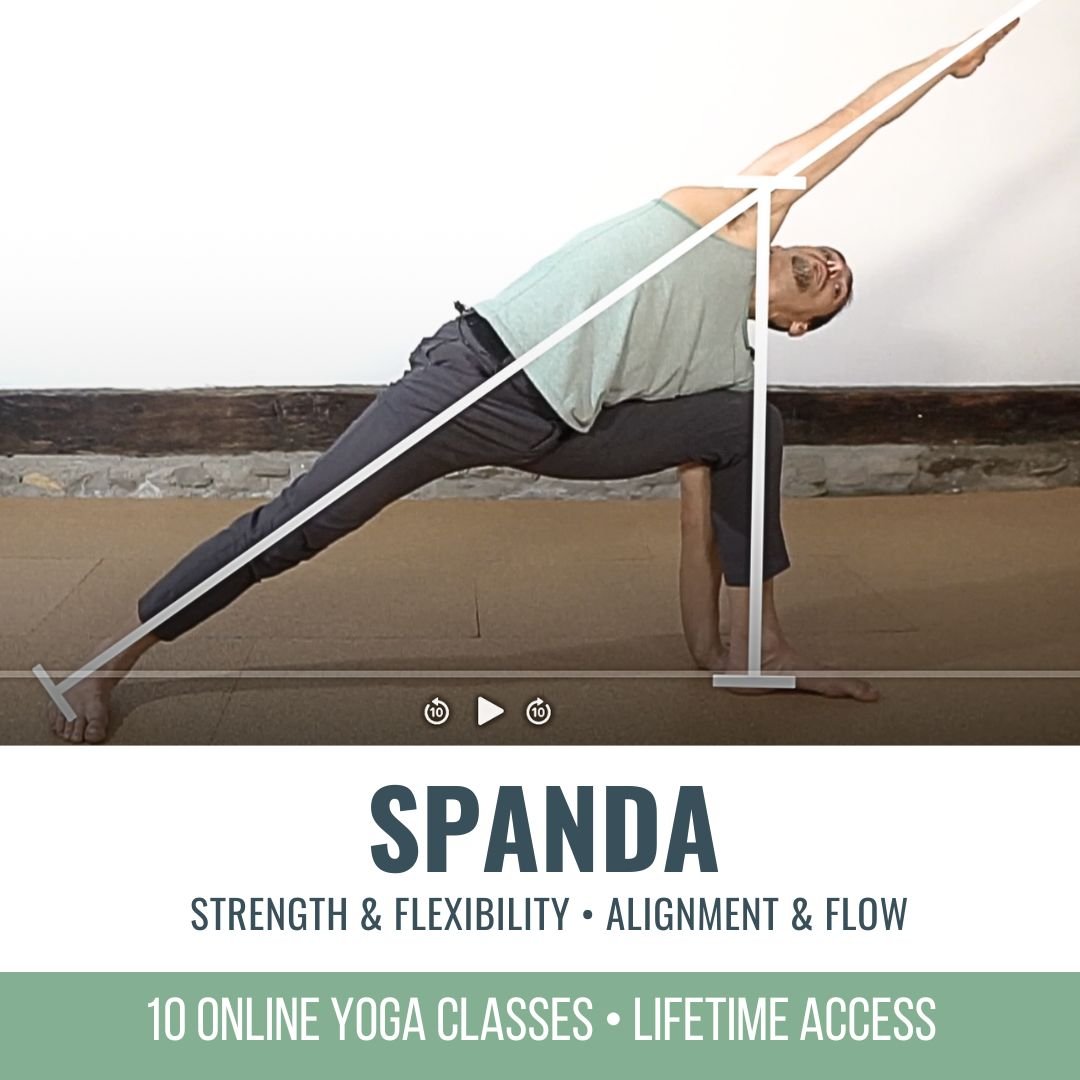



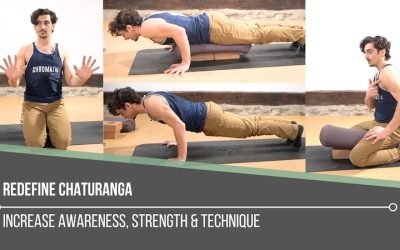
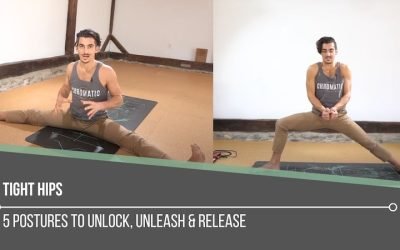
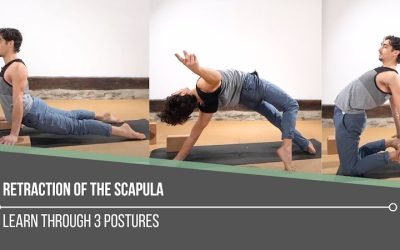
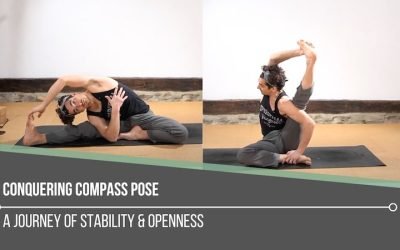
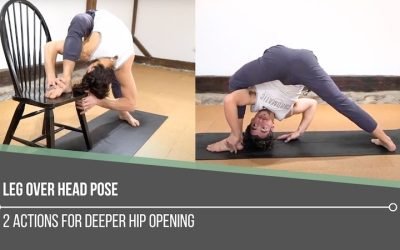




0 Comments